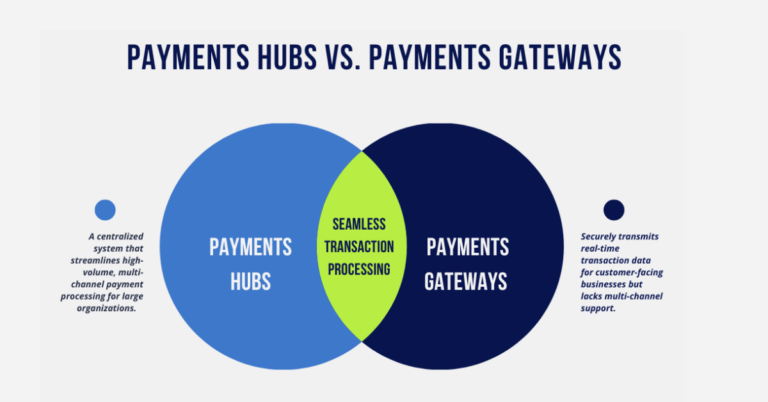Credit unions have come a long way in terms of the scope of their reach and the sophistication of their product portfolios, specifically in lending. In addition to direct lending, credit unions may also offer indirect loans through businesses in their community, such as auto dealerships where consumers can receive financing at the point of sale. Many credit unions are also opting to grow their commercial loan business, which has been an area ripe for opportunity within recent years.
Servicing these loans means that credit unions need to present bills and collect payments from their members. Credit unions may have an advantage in offering members the intimacy of a limited number of branch locations where employees know their members’ names and can assist with account inquiries and payments. On the flip side, their for-profit counterparts often have a greater amount of digitization more and more consumers are looking for. Modern digital banking solutions that streamline loan-related billing and payments is not a convenience that credit union members want to go without.
So, what should credit unions be looking for in their electronic bill presentment and payment (EBPP) solution? Here are seven questions credit unions should ask.
1. How can I let my members know that a bill is ready for payment?
Make sure your EBPP solution has options for letting your members know that a bill is ready to pay. Bill-ready alerts and notifications may include paper bills, email, and SMS-based text messages. Give your members the option to combine these notifications in a manner that makes them most likely to pay their bills on time.
2. Can I offer my members different billing options for recurring charges like monthly loan payments?
Your members might be looking for more than a one-time bill payment option. Offering AutoPay can help them manage their finances and ensure that they never miss a payment. It can also help your credit union maintain a steady, predictable stream of payments.
In addition, recurring payments give members the flexibility to align payments with their personal financial situations. For example, they can make payments bi-monthly to coincide with paydays or set payment limits for additional financial protection. Recurring payments don’t need to be “one size fits all”—they can be customized to meet each member’s unique needs.
3. What options can I provide my members for payment methods? Can our credit union accept payments from other bank accounts?
An EBPP solution should easily support and accept an array of payment methods, including debit cards, credit cards, and ACH payments made from both in-house accounts and external accounts. Another increasingly popular method is pay-by-text. Members do not have to sign in to send your credit union a payment. This added convenience can accelerate cash flow and, of course, adds to the member experience. Another feature to ask about is integration with artificial intelligence (AI). For instance, members should be able to ask Amazon’s Alexa to make a payment for them.
4. Some of our members like to pay in-person, some like to call us, and others are looking to do everything from their mobile devices. How do we support payments across all these different channels?
Your EBPP solution should account for a wide variety of payment channels, from IVR and walk-ins to mobile payments. The technology can streamline acceptance across all these channels and record the data in a single solution for a top-down view into your entire payments program.
In addition, it should be able to consolidate all receivables across your credit union—not just a specific portfolio. For example, each retail lending division within the credit union could have a separate payment strategy within the same EBPP solution to drive efficiency and create transparency across the entire organization.
5. Servicing our members is our top priority. What should we be looking for in an EBPP solution so our member experience is top-notch?
By having all your payments recorded in one solution, you can improve operational efficiency for your member-facing teams. They should be able to easily pull billing and payments reports from your EBPP solution to answer questions and resolve issues on behalf of your members.
6. We have so many considerations to think about when it comes to the security of our financial data and the regulations that our credit union is subject to. Do we need to worry about compliance for our payments too?
PCI DSS compliance is a must when you’re accepting electronic payments. Your EBPP solution provider should be able to handle PCI DSS compliance on your behalf by ensuring that you’re never directly exposed to sensitive payment data. This will keep your credit union out of scope for PCI DSS compliance, meaning your EBPP solution provider worries about it—not you.
7. What aren’t we thinking about when it comes to billing and payments?
Payments are continuously evolving. Credit unions should be focused on serving the needs of their members, not trying to keep up with the latest payment trends. Choose an EBPP provider that will do this on your behalf and implement their technology seamlessly, so you can offer the best, most contemporary experience to your members.
The Bottom Line: Credit union members are looking for the same modern billing and payment solutions that larger, for-profit banks offer. Partnering with the right EBPP solution provider can accelerate cash flow while providing members with better choices and more streamlined experiences.
Updated from a blog originally published July 20, 2020
What should credit unions look for in a payments fintech partner overall? Find out in Checklist: What Credit Unions Should Look for in a Payments Fintech Partner. How Alacriti Scores.




